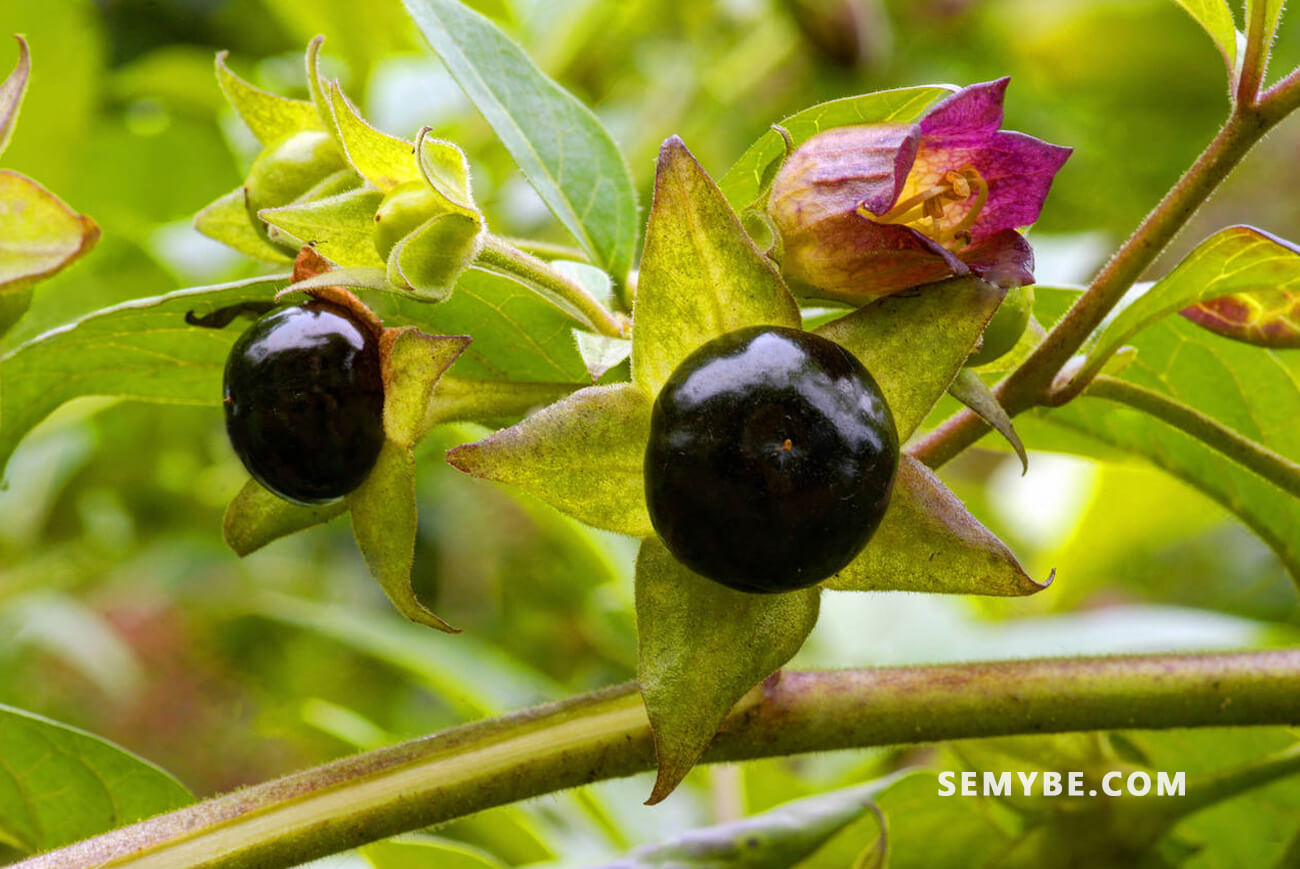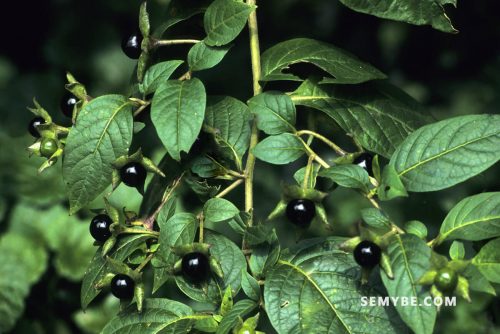
Atropa Belladonna (Tollkirsche)
1. History and use
Native to Europe, Western Asia and North Africa, belladonna is now grown everywhere. This plant prefers chalky soil, woodland and uncultivated land. It’s leaves are harvested in summer and its roots are from the first year, in autumn.
2. Description of the plant
Atropa Belladonna is a very poisonous plant, which must be used with care, under medical supervision. The classic medicine exploits some of its constituents, for example to cause the dilation of the pupils before examining the eyes In herbal medicine, belladonna is prescribed to relieve intestinal colic and to treat stomach ulcers.

3. Curative action
- Caption
It was once believed that witches flew with belladonna. This plant owe sits name of belladonna (beautiful lady) to fact that Italians used it to dilate their pupils and look like this more attractive.
- Relaxing
We present the belladonna to contracted intestinal pain It heals gastric ulcers by reducing the production of acidity and reduces the relax the organs and relieve colic and spasms of the unary system.
- Parkinson’s disease
As part of Parkinson’s disease, the plant reduces tremors, rigidity and improves speech and mobility.
- Anesthetic
Adopted as anesthetic by traditional medicine because of its relaxing action on muscles, it also serves to reduce intestinal or bronchial secretions.
4. Uses
Tincture: made from the leaves or root, is a powerful and effective relaxing. Midecicins prescribe it to relieve colic and treat Parkinson’s disease.




